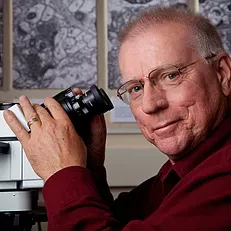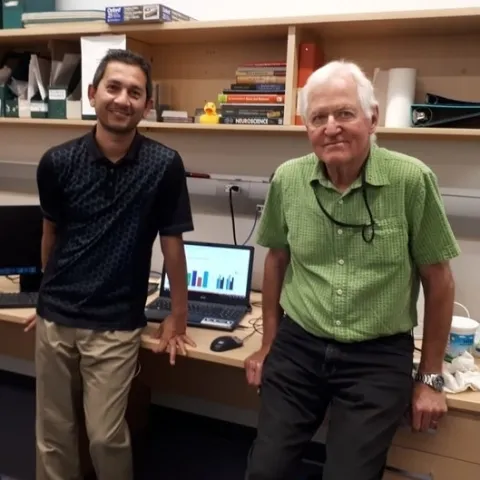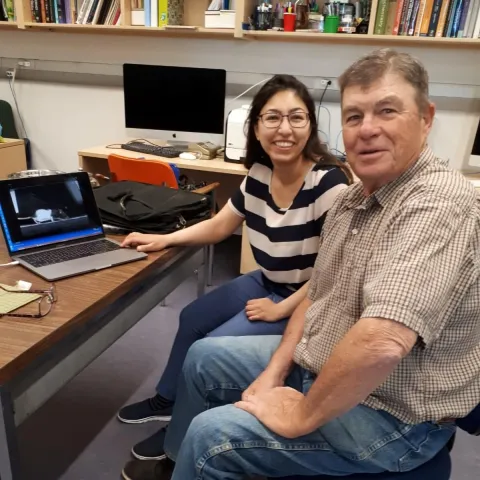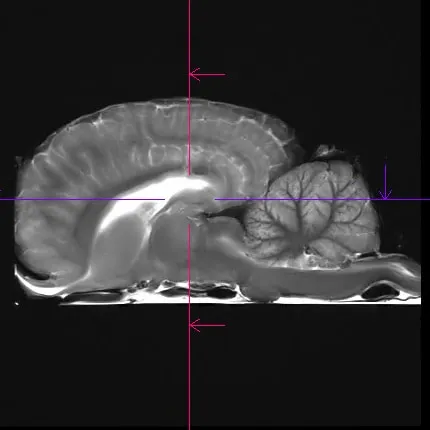Researchers
Researchers

Robert Sutherland
Sutherland studies cognitive processes related to the hippocampus and connected cortical regions. Much of his work is focused on the dynamic organization of long-term memories and understanding age-related memory problems, including Alzheimer’s disease. He also has an active interest in designing memory tasks to integrate human with nonhuman animal cognitive neuroscience and in understanding sex differences in cognition.

Bryan Kolb
My general MRI interests would be in the effects of chronic use of psychoactive drugs on brain activity using fMRI. This would entail studying people with addictions to psychomotor stimulants or opiates. I would also be interested in developmental aspects of prefrontal cortex functioning, again using fMRI as well as structural MRI. These studies would both parallel my rodent studies looking at structural changes in neocortex.

Ian Whishaw
The horse plays a prominent role in recreation and sport in Alberta, yet little is known about its brain, except that is big and complex. Our project uses MRI to examine horse brain structure and connections. Our project will provide insights into how its motor system produces the many gaits that it used for locomotion and the fine movements of its lips for eating. MRI will also provide insights into the neural structures that control its excellent memory and social behavior.

We make many complex hand movements to control our tools and to handle objects. We also make as many hand movements to pantomime these and other movements. A simple explanation of this complexity is either that the same neural structures regulate real and pantomime movements or that the two types of movement are regulated by different neural structures. Using MRI we will resolve this question by imaging subjects as they perform both kinds of movements.

Matt Tata
The human brain is a biological computer that solves the computational problems of perception and cognition with remarkable speed and efficiency. We know that these computations involve the exchange of fast electrical signals between various specialized brain regions, and we can observe these electrical signals with dense-array Electroencephalography (EEG), a technique we have been working with a the Canadian Centre for Behavioural Neuroscience for many years. Electroencephalography alone offers excellent resolution of the timing of these signals, but unfortunately it tells us almost nothing about which brain regions are communicating with each other. To complete this functional anatomy puzzle we need to incorporate structural Magnetic Resonance Imaging (MRI). Merging EEG and MRI data allows us to do state-of-the-art Electrical Source Imaging, which provides a complete picture of the anatomical structure and electrical function of the brain.
